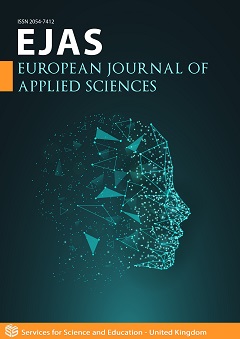Moon’s Two Faces: Near-Side/Far-Side Maria Disparity
DOI:
https://doi.org/10.14738/aivp.112.14399Abstract
Any attempt to understand the origin of lunar maria must as well account for the dearth of maria on the far-side of the Moon. Various attempts have been made to explain the origin of lunar maria based solely upon obvious lunar processes, namely, volcanism and impact phenomena. Here I review a different explanation for the origin of lunar maria by analogy with observations of Earth, specifically related to its central nuclear fission georeactor. Georeactor formation is a natural consequence of density layering in oxygen-starved (highly-reduced) planetary matter and is ideally suited for magnetic field generation in planets and large moons. A portion of georeactor produced heat is channeled to Earth’s surface hot-spots, e.g., Hawaii and Iceland, where its georeactor origin is indicated by the high relative 3He/4He ratios observed, and seismically imaged heat channels extending to the top of the core. Massive basalt floods, e.g., Deccan and Siberian Traps were driven by georeactor-produced heat as indicated by the high relative 3He/4He ratios of their occluded helium. These terrestrial basalt floods suggest to me that the lunar maria might have similar origins driven by the Moon’s nuclear fission “lunar-reactor.” Remanent magnetization of some lunar surface material is indicative of an ancient internally-generated magnetic field. That implication is consistent with the magnetic fields produced by central nuclear fission reactors in many planets and large moons. The location of the lunar-reactor at the Moon’s center of mass, displaced 2 km toward the Earth-facing side, in concert with Earth’s tidal pull, I posit, is principally responsible for driving the maria-basalt floods toward the Earth facing side of the Moon. In principle, it should be possible to verify the correctness of this concept by measuring the helium isotopes of maria basalt samples taken from depths sufficient to be unaffected by solar wind implanted helium.
Downloads
Published
How to Cite
Issue
Section
License
Copyright (c) 2023 J. Marvin Herndon, Ph.D.

This work is licensed under a Creative Commons Attribution 4.0 International License.






